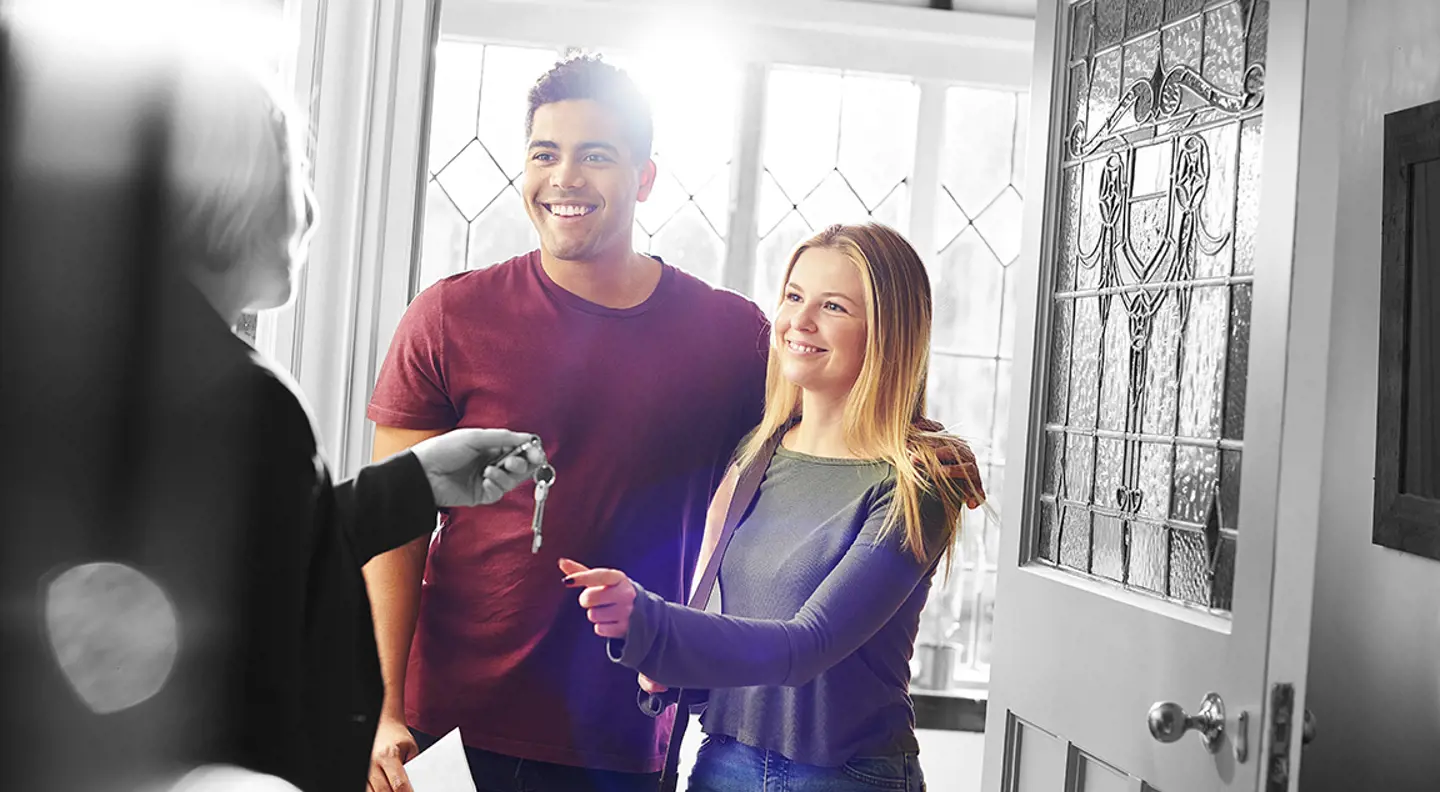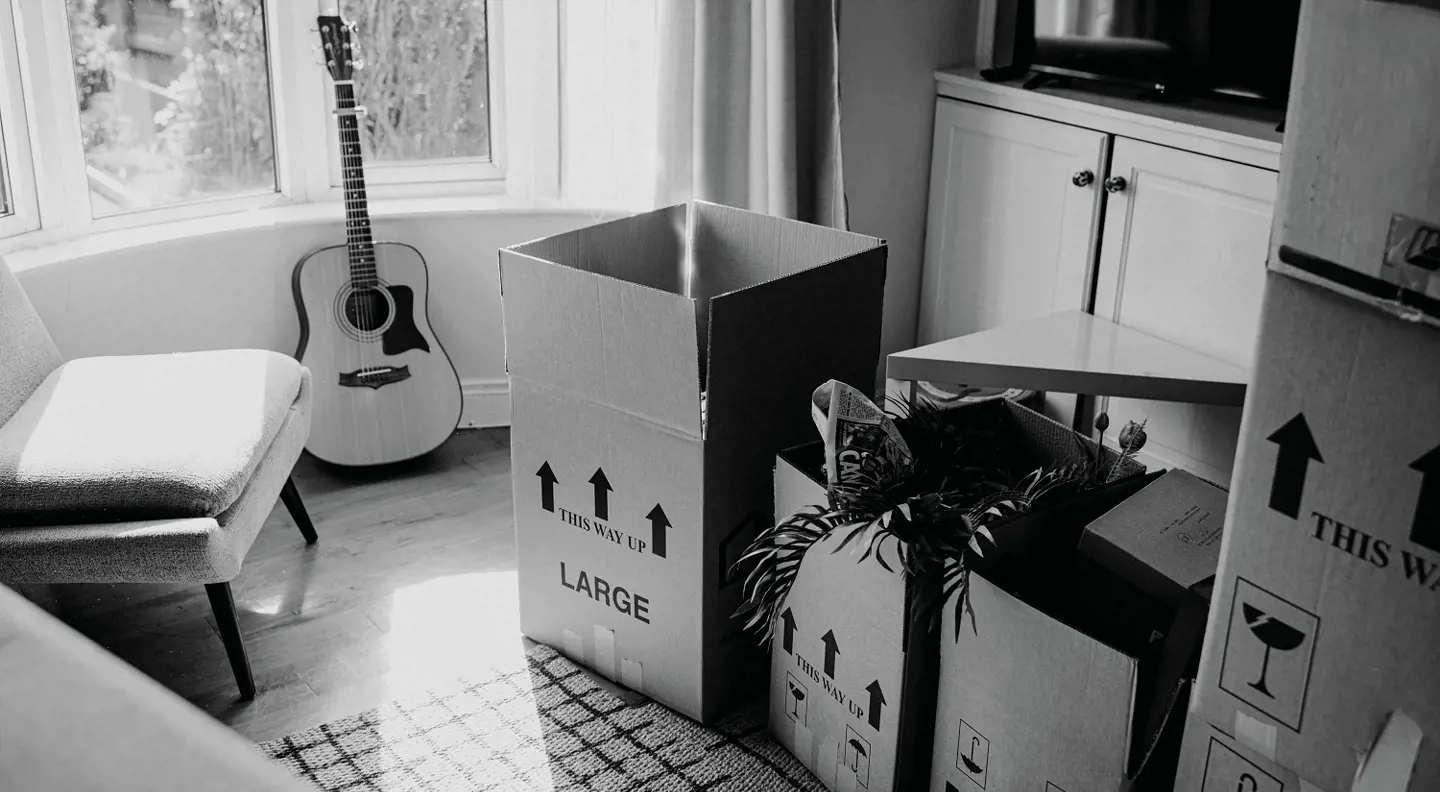
Stepping onto the buy to let ladder can be a daunting prospect. It’s not like buying your own home, which can be complicated enough. There are all sorts of factors you need to think about around legalities and finance and, of course, your tenants.
Whether you’ve found yourself as an accidental landlord or have aspirations of building a buy to let portfolio, these 10 tips could mean all the difference between success and failure.
The first thing you need to decide is the type of tenant you want to attract. There are many different types of renters including students, young professionals, families, and corporate tenants and they will all want different things from the property they are going to live in. Tailor the property for their needs and you’ll find it easier to attract the right tenant. Families will want outside space, open-plan kitchens and living areas and will pay a premium to rent near a good school. Young professionals may be ok without a garden, but a roof terrace or balcony will add instant appeal.

It may be tempting to purchase a buy to let property in the area you live in, but think about whether there is a big enough market for tenants. Going further afield may increase your options. With more and more people going on to further education, university towns and cities are hotspots for buy to let properties. Register your property with the university housing services to increase your chances of ensuring your property is occupied each term. Properties within walking distance of major employers, shops and transport links are ideal, but try to avoid somewhere close to a nightclub, pub or fast-food restaurant, or on busy roads and junctions. You don’t want tenants complaining about noise, smells or fried chicken bones littering their front garden.
Once you have found a suitable buy to let property, you’ll need to work out how you’re going to fund the purchase and unless you’re a cash buyer you’ll need a buy to let mortgage. You’ll need to ensure that the rent you charge will cover your mortgage payments and decide whether you want an interest only or capital repayment mortgage on a fixed or variable rate. And don’t forget about other expenses including valuation and application fees, surveyor and conveyancing costs, and stamp duty.
You might be interested in reading more about our business savings accounts.

There are no rules about whether you should let a property furnished or unfurnished, but it may help with the types of tenants you want to attract. For example, if you’re going to be letting to students then you will need to furnish the property with affordable, sturdy furniture that can withstand student living and student partying! For longer term lets, an unfurnished property may be more attractive as tenants can choose their own furniture and may feel more comfortable surrounded by their own possessions. A third option is to offer a part-furnished property. What that means is up to you but if you are willing to be flexible with the furnishings you offer then it opens up your rental to a wider market, which letting agents will thank you for.
Which brings us to the next question – do you need an agent? A letting agent can add many benefits including marketing the property, arranging the tenancy, collecting rent and dealing with tenants’ queries, maintenance and repairs. If you don’t have a lot of spare time or feel like you need some professional help with your first buy to let property, then a letting agent is probably the way to go. Letting agents are also useful if you don’t live near your rental property and you don’t have a network of reliable professionals such as plumbers or electricians you can call upon. However, it is possible to go it alone and many landlords manage their properties very well by themselves. You’ll save on costs for a start, and you might feel that you want to be a hands-on-landlord from day one.
Before letting your property, you should thoroughly screen any prospective tenants. Never judge a book by its cover or tenants by what they say at face value so make sure you run a credit check and verify employment status, salary, ID and if possible, collect a couple of references from previous landlords.
Insurance, gas safety certificates, deposit protection scheme, smoke and carbon monoxide alarms – these are all things you’ll need to familiarise yourself with before becoming a landlord, otherwise you risk facing a hefty fine. There are over 100 regulations that landlords need to adhere to – you can find out more on the government website.

Once your tenants have moved in, your number one priority is ensuring that you collect the rent on time. It’s surprising how many landlords are not assertive enough when it comes to collecting rent and other charges and if you start to let things slip then before you know it you could be chasing six months’ worth of late payments. And if you’ve got a mortgage to pay you could soon find yourself in trouble with your lender. If tenants stop paying rent and ignoring your emails, texts and calls then you must start eviction proceedings sooner rather than later. This is where letting agents should come into their own – they will have strategies in place to deal with late-paying tenants and will help you with any legal minefields you have to navigate.
It may be one of the most laborious parts of being a landlord but it’s also one of the most important, so don’t neglect your record keeping. Little and often is better than allowing mounds of paperwork to build up so set aside some time each week to keep up to date with things. Keep records of everything – whether you’re planning on completing your own tax return or engaging an accountant to do it come the end of the financial year you’ll be glad you did. A good paper trail will also be a lifesaver if you ever get into a dispute with your tenants so make sure you start with an inventory when the tenant moves in and keep copies of receipts, manuals, warranties and any other legally required certificates.

Remember your buy to let property is not your home. It is a business, and you should think about it as such. Forget all your likes and dislikes and look at the property through the eyes of your potential tenants. Decorate and furnish your property to attract tenants rather than to please yourself and don’t be tempted to install high-end appliances, which will do little to increase the rental value. Expensive gadgets will also come with expensive repair bills. You can’t go wrong with white or magnolia walls and ceiling and although wall-to-wall carpeting or wooden floors may be more in keeping with your style think about how easy they are to keep clean and how expensive they would be to replace.
Specialist buy to let mortgage brokers can be key to helping you understand the process. They will be able to advise on the best buy to let mortgage rates, understanding mortgage rates for buy to let in the UK, and even considerations about buy to let mortgages for a limited company.
Subject to status. If you fail to keep up with payments on your mortgage a ‘receiver of rent’ may be appointed and/or your rental property may be repossessed.
Whether you're new to Aldermore or already have an account with us, we’re here to support you throughout your mortgage.
Discover helpful articles with expert insights for homebuyers, savers, landlords, and businesses.